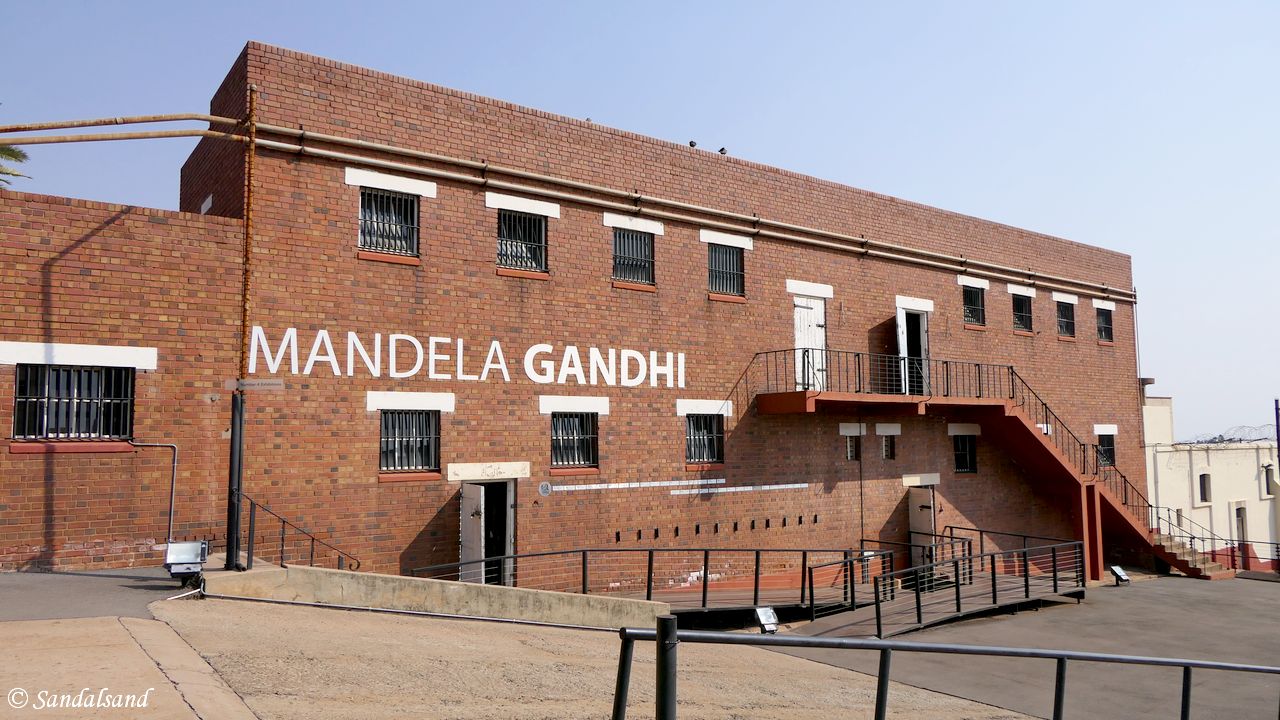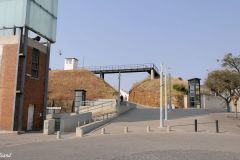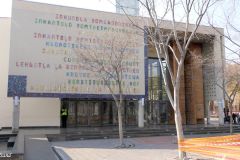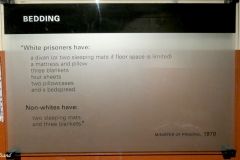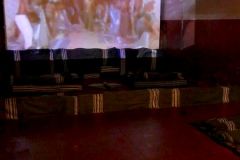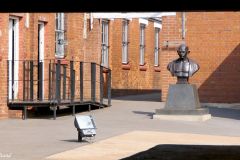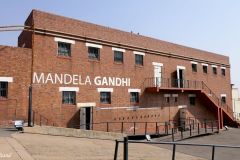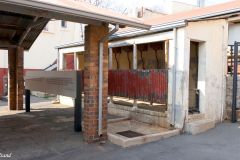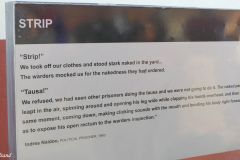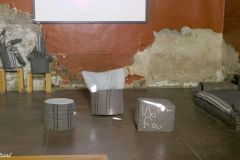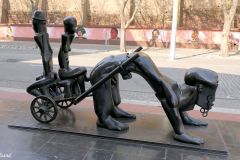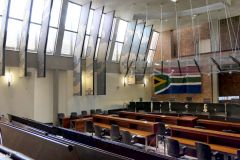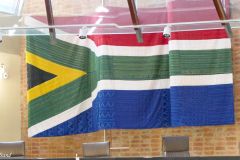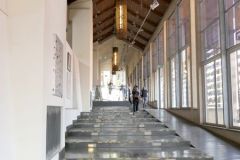There are 14 Nelson Mandela legacy sites in South Africa representing the country’s struggle for human rights, liberation and reconciliation.
The UNESCO World Heritage List includes over a thousand properties. They have outstanding universal value and are all part of the world’s cultural and natural heritage.
Official facts
- Official title: Human Rights, Liberation and Reconciliation: Nelson Mandela Legacy Sites
- Country: South Africa
- Date of Inscription: 2024
- Category: Cultural
UNESCO’s World Heritage Centre’s short description of site no. 1676:
The serial property represents the legacy of the South African struggle for human rights, liberation and reconciliation. It consists of fourteen component parts located around the country, all related to South Africa’s political history in the 20th century. The parts include the Union Buildings (Pretoria), now the official seat of government; the Sharpeville Sites, commemorating the massacre of 69 people protesting the unjust Pass Laws; and The Great Place at Mqhekezweni, a site symbolic of traditional leadership where Nelson Mandela lived as a young man. These places reflect key events linked to the long struggle against the apartheid state; Mandela’s influence in promoting understanding and forgiveness; and belief systems based on philosophies of non-racialism, Pan-Africanism and ubuntu, a concept that implies humanity is not solely embedded in an individual.
My visit
Sandalsand has of yet only visited South Africa once, and only one place in this serial property – Johannesburg. Of the 14 Nelson Mandela Legacy Sites we find the Constitution Hill right there. This is a place “where human rights were denied to where the constitutional court resides today to defend these human rights” as we may read in the underlying documents for this heritage site.
There are four major structures at this site: The Fort Prison, the Women’s Gaol, the Number Four Prison and the Constitutional Court of South Africa. Contrary to the deliberately intimidating style of most court buildings, the Constitutional Court was conceptualised as a welcoming place.
This was a penal site for those who opposed the state systems from Boer fighters of the South African War (1899-1902), striking mine workers (1922) to political activists, men and women. These included a number of struggle icons such as Mandela, Mahatma Gandhi and Winnie Madikizela-Mandela.
I found that the court building was a very open and non-intimidating structure. This is quite unlike many court buildings around the world. The most rewarding and most important part of my visit was the Number Four prison. Obviously, now a museum the stories told within it are very disturbing.
Look up this link to South Africa on Sandalsand.

